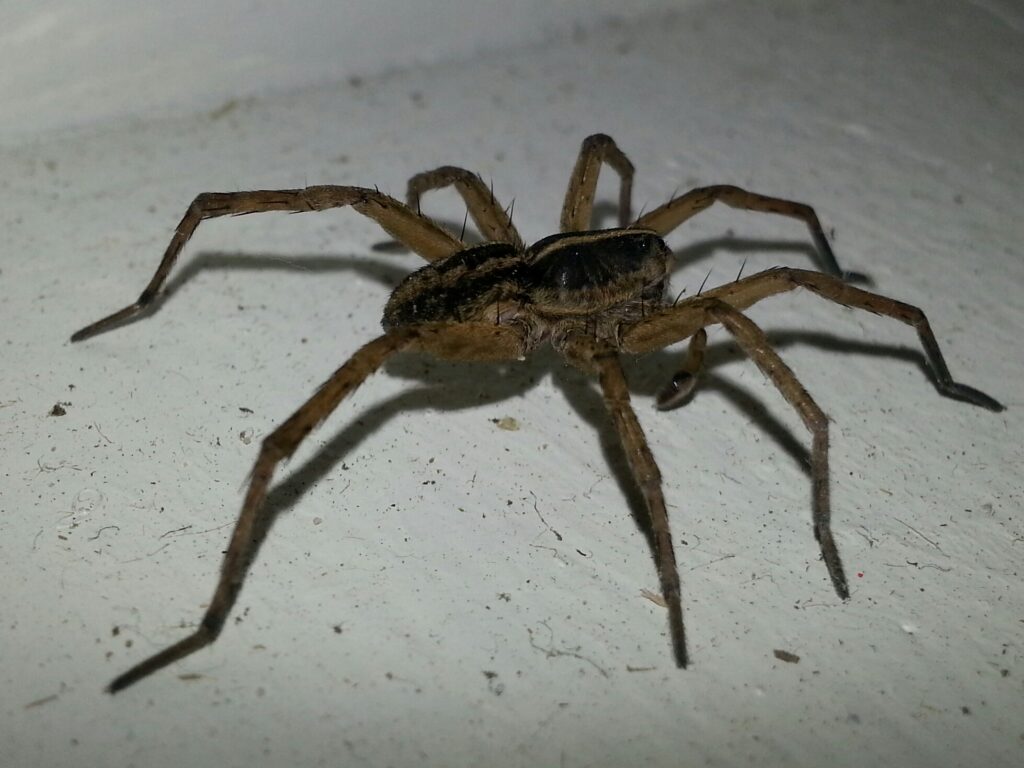 As Canada’s fourth largest private employer, the restaurant industry is booming and continues to grow every year. According to Restaurant Canada, average annual industry sales add up to around $68 billion dollars, which accounts for almost 4 % of Canada’s economic activity. With over 1 million people employed in the industry, and millions more dining out each day, restaurants are one of the most commonly used public spaces, making it imperative to maintain safe and compliant business practices.
Pest management is probably one of the most challenging aspects of owning a restaurant. Not only do restaurants provide the perfect environment for pests such as flies, rodents, roaches and more, but the consequences of failed safety measures can put your restaurant at risk for violations and temporary closures. Even with a temporary closure, financial losses incurred could be detrimental to your bottom line and depending on the severity of the problem, cause lengthy delays in reopening. This can also have an adverse effect on nearby businesses as unattended pest problems can easily spread to neighboring restaurants, impacting local business as a whole. In today’s world where news travels fast, it also doesn’t take long for negative reviews or the unpleasant sighting of one or two pests to tarnish the reputation of a restaurant.
The presence of roaches, rodents and other bacteria carrying pests can be daunting on most restaurant owners. Even just a few of these creatures in your immediate surroundings is enough to prevent customers from returning, as well as pose serious health and safety issues when it comes to the hygiene and cleanliness. The good news for restaurant owners is that working with your local Truly Nolen Canada pest professional to identify any current problems is the best first step you can take in keeping your restaurant pest free.
As Canada’s fourth largest private employer, the restaurant industry is booming and continues to grow every year. According to Restaurant Canada, average annual industry sales add up to around $68 billion dollars, which accounts for almost 4 % of Canada’s economic activity. With over 1 million people employed in the industry, and millions more dining out each day, restaurants are one of the most commonly used public spaces, making it imperative to maintain safe and compliant business practices.
Pest management is probably one of the most challenging aspects of owning a restaurant. Not only do restaurants provide the perfect environment for pests such as flies, rodents, roaches and more, but the consequences of failed safety measures can put your restaurant at risk for violations and temporary closures. Even with a temporary closure, financial losses incurred could be detrimental to your bottom line and depending on the severity of the problem, cause lengthy delays in reopening. This can also have an adverse effect on nearby businesses as unattended pest problems can easily spread to neighboring restaurants, impacting local business as a whole. In today’s world where news travels fast, it also doesn’t take long for negative reviews or the unpleasant sighting of one or two pests to tarnish the reputation of a restaurant.
The presence of roaches, rodents and other bacteria carrying pests can be daunting on most restaurant owners. Even just a few of these creatures in your immediate surroundings is enough to prevent customers from returning, as well as pose serious health and safety issues when it comes to the hygiene and cleanliness. The good news for restaurant owners is that working with your local Truly Nolen Canada pest professional to identify any current problems is the best first step you can take in keeping your restaurant pest free.
Common Restaurant Pests
While your restaurant patrons don’t mind shelling out good money to enjoy their favorite meal, restaurant owners may have a hard time dealing with uninvited guests who come around to enjoy the free food. Rodents and pests are notorious for making themselves feel right at home both on the interior and exterior of eating establishments, primarily because they tend to stay close to sources of food and water. During the cold Canadian winters, pests can become even more of an issue as they seek warmth and shelter to avoid the cold. For restaurants, some of the most problematic pests that can potentially wreak havoc are:- Rodents – Prone to foraging in the dumpsters outside your restaurant, rodents will eat just about anything they can get their hands on, including garbage. Once inside, mice and rats are hazardous to the safety of your food as they can contaminate exposed food and leave behind bacteria and germs on countertops.
- Cockroaches- Perhaps the most elusive pest, roaches can find themselves hiding in cupboards, boxes and in almost any crack and crevice in your restaurant kitchen. As carriers of germs and bacteria, the presence of roaches is highly concerning as they can move around easily especially at night after your restaurant is closed and they have free reign of your kitchen.
- Flies- As vectors of disease and pathogens, flies are difficult to eliminate completely as they take advantage of the hustle and bustle of activity in restaurants, and the constant opening and closing of doors to the exterior.
Truly Nolen Commercial Services
As part of the full suite of pest control services offered, the service experts at Truly Nolen work with health inspectors through an Integrated Pest Management (IPM) system including:- Inspection and monitoring
- Identification
- Establishment of a pest control plan that involves: Sanitation, Exclusion and Elimination
- Implementation of control measures
- Measurement, evaluation and on-going communication with customers.
- Kitchens
- Bar & patio areas
- Stairs and elevators
- Utility rooms
- Loading docks
- Laundry and janitorial areas
- Trashcans
- Benches & restaurant entrances
- Soffit lines and eaves
- Landscaped areas
Truly Nolen’s 12 Step Approach
With an emphasis on crawling pests, Truly Nolen has developed an intensive 12 step approach to specifically target and treat pests found in restaurants.- Inspection (NS) – Thorough inspection to identify which pests are active and what the next course of action should be.
- Vacuum (VAC) – A heap back pack vacuum system is used to remove visible pests.
- Fecal (FFP) – Visible fecal matter is coated with a Boron product to destroy the bacteria.
- Crack (C & C) – Treat cracks in the building structure to affect the areas where insects take refuge.
- Void (VI) – Address any spaces or voids where insects can take shelter.
- Floor (FMT) – Treatment of high moisture areas.
- Monitoring (M & C) – Insect monitoring stations are used as an added quality control step.
- Webster (WEB) – Natural extract repellant is used to wipe eaves and outside areas.
- Hot (HS) – Treatments of hot spots around windows and doors.
- Power Treatment (PWR) – Power sprayer is used on structural elements.
- Outer Barrier Treatment (BAR) – Bait is applied to grass, mulch and areas that are in direct contact with the building.
- Exclusion (EXC) – Caulking and sealing of all areas that pests can use to enter the building.
Provinces and Government Regulations
In facilities where food is prepared, handled, stored and distributed to the public, operating under these guidelines is key to keeping your restaurant operating at a regulatory-compliant level. The Canadian Food Inspection Agency (CFIA) develop food safety rules and regulations that are consistent with up keeping industry standards in the food service industry. (http://www.inspection.gc.ca/eng ) In compliance and accordance with the Pest Management Regulatory Agency’s Pesticide Public Registry, the CFIA outlines the following guidelines as pertaining to pest control management:Guidelines
- The operator should implement an effective, written pest control program for the premises and equipment. The program should inhibit the entry of pests and should detect and eliminate any pests which may gain entry. The program should include:
- the person who is assigned responsibility for pest control;
- the name of the pest control company or the name of the person contracted for the pest control program, where applicable;
- the list of chemicals used, their concentration (in accordance with label instructions), and the location, method and frequency of application;
- a map of the location of pest control devices that are monitored; and
- the type and frequency of inspection to verify the effectiveness of the program.
- Pesticides used should be registered under the Pest Control Products Act and Regulations. Pesticides must be used in accordance with the label instructions (available on the Pest Management Regulatory Agency's Pesticide Public Registry).
- Chemical treatment of equipment, premises or ingredients to control pests should be as per label instructions. They should also be applied so that the maximum residue limit specified in theFood and Drugs Act and Regulations is not exceeded (for example, the number of fumigation treatments per lot is limited).
- Toxic rodenticides should not be used within the premises.
- Contaminated food
- Foodborne illness and outbreak due to contamination
- Vermin infestation

